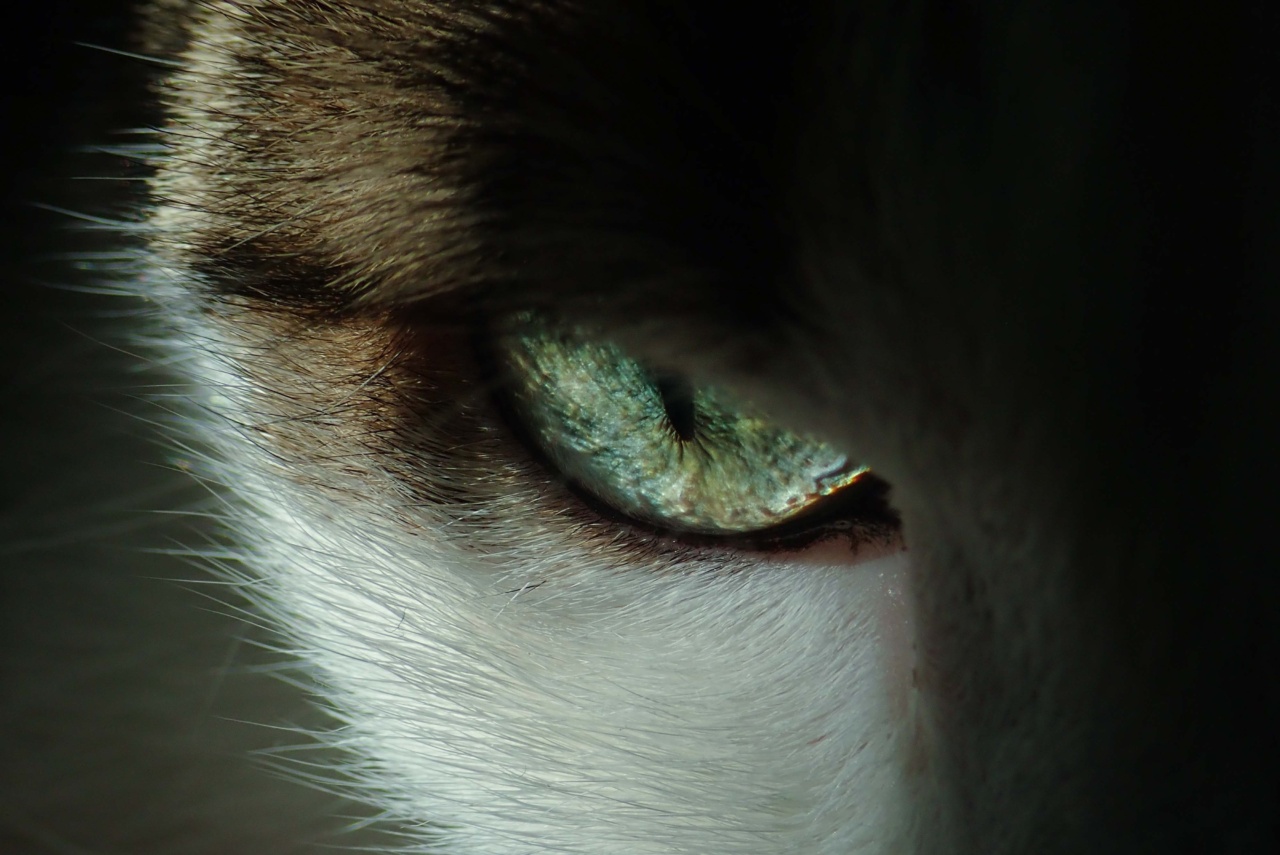When a baby is born, many parents find themselves captivated by the baby’s eyes. The color of a baby’s eyes at birth can vary greatly, and sometimes these colors may change over time.
This phenomenon raises questions for parents about whether eye color changes in babies are normal or something to be concerned about. In this article, we will delve into the topic of eye color change in babies and provide some insights into why and how this change occurs.
Understanding Eye Color Genetics
Before we explore eye color changes in babies, let’s first understand how eye color is determined genetically. Eye color is mainly determined by the amount and distribution of a pigment called melanin in the iris of the eye.
The more melanin present, the darker the eye color, while less melanin results in lighter eye colors.
Genes play a significant role in determining the amount of melanin produced in the eye, and this is influenced by both parents’ genetic makeup.
The most common eye colors are brown, green, blue, and gray, with various shades and variations within these categories.
Eye Color in Newborns
When a baby is born, their eyes often exhibit one of three main colors: dark blue, gray-blue, or brown. The color of a baby’s eyes at birth is determined by the level of melanin they have inherited from their parents.
However, this initial eye color is not necessarily permanent.
Baby’s eyes can change color during the first six to twelve months of life as their melanin-producing cells, called melanocytes, become more active. The final eye color may take some time to fully develop, and this is completely normal.
The actual timeline for eye color change may vary between individuals, and some babies may experience more pronounced changes than others.
Pigment Production and Eye Color Changes
The production of melanin in the iris is not fully active at birth, and it takes time for the melanocytes to settle into their permanent color production.
This is why a baby’s eye color may appear lighter or different than their final eye color during the first months of life. The melanocytes gradually increase their melanin production, which can lead to a change in eye color.
Different factors contribute to the changing of eye color in babies. One important factor is the concentration of melanin within the iris. As the melanocytes produce more melanin, the eye color may become darker.
Conversely, if the production of melanin remains low, the eye color may remain lighter or change towards a different color.
Another factor that can influence eye color changes is the thickness and density of the iris. Light reflection and scattering by the iris fibers can give the eyes a different appearance, leading to changes in perceived eye color.
This effect can be more noticeable in babies with lighter eye colors.
Influence of Genetics on Eye Color Changes
Even after the initial eye color change during the first months of life, genetic factors continue to play a role.
The eye color a baby inherits from their parents provides a foundation for their adult eye color, although it may still undergo slight modifications throughout childhood and even into early adulthood.
Parents’ eye colors can give some indication of the possible eye colors their child may develop, but it is not always definitive. The inheritance of eye color is complex, as it involves multiple genes.
Therefore, predicting a child’s eye color purely based on the parents’ eye colors can be challenging.
Other Factors That Influence Eye Color Changes
In addition to genetics, other factors can also impact the change in eye color in babies. These factors include:.
1. Ocular Structure and Properties
The structure and properties of the baby’s eyes can affect the way the eye color appears. Differences in the structure of the iris, such as the presence of certain pigments or the scattering of light, can contribute to variations in eye color.
2. Sunlight and Ultraviolet Rays
Exposure to sunlight and ultraviolet (UV) rays can influence the production and distribution of melanin in the iris. UV rays can stimulate the production of melanin, potentially leading to changes in eye color.
However, it is important to note that babies should not be exposed to direct sunlight or excessive UV rays, as their eyes are extremely sensitive.
3. Hormonal Changes
Hormonal changes within the body can also affect eye color. This is particularly evident during puberty when hormone levels fluctuate. Hormonal changes can lead to modifications in melanin production, potentially resulting in changes in eye color.
When to Consult a Pediatrician
While eye color changes in babies are typically normal and nothing to be concerned about, there are instances when consulting a pediatrician is recommended. These situations include:.
1. Sudden and Drastic Changes
If a baby’s eye color suddenly and drastically changes, it is advisable to seek medical advice. Rapid changes in eye color can sometimes be a sign of underlying health issues that require evaluation.
2. Presence of Other Eye Symptoms
If the eye color change is accompanied by other concerning symptoms, such as redness, excessive tearing, discharge, or changes in vision, it is important to consult a pediatrician.
These symptoms may indicate an eye infection or other eye-related conditions that require attention.
Conclusion
In conclusion, eye color change in babies is a normal and common phenomenon. Babies are born with an initial eye color that may change during the first months of life as the melanocytes in their eyes become more active.
Genetics, ocular structure, exposure to sunlight, and hormonal changes can all contribute to these eye color changes.
If parents notice sudden and drastic changes in their baby’s eye color or if there are other concerning eye symptoms present, it is recommended to consult a pediatrician for further evaluation.
Otherwise, the gradual eye color change is part of the fascinating journey of a baby’s development and should be embraced with wonder.































